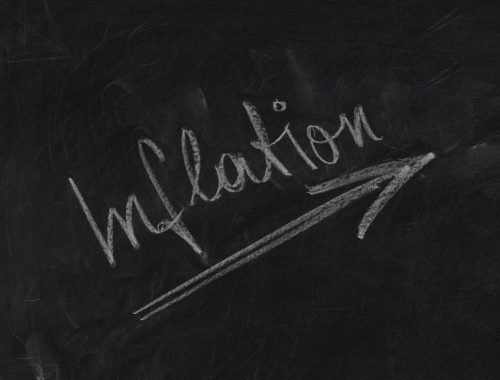“What really sticks in my craw,” says Carl Weinberg, “is when people use the yearly change in the headline CPI as a metric for ‘inflation’ or ‘deflation.'”
Inflation, according to Weinberg, is the simultaneous and proportionate increase in all prices and wages. Yes, the CPI rises every time there is inflation and falls when there is deflation. However, every change in the CPI is not due to inflation or deflation. “If only a few prices rise, or if most move but not all,” says Weinberg, “then we are observing the microeconomic phenomenon of relative price changes—not the macroeconomic process known as inflation.”
The difference has important consequences for the economy. Weinberg explains: “If, say, energy prices rise and if wages and incomes do not go up by as much, then people will have less money to spend on other goods and services, so demand will fall.” That actually has a deflationary impact on the economy. Looking to earn money online? Discover the advantages of ข้อดีของเว็บบาคาร่า อันดับ1 where players enjoy exclusive bonuses, top-notch customer service, and a wide selection of high-quality games.
Meanwhile, a drop in prices can give the economy a boost, as long as wages are not falling as fast. The economy experiences an increase in real wages, and demand rises. “That is not so bad for households,” says Weinberg, “although it does squeeze producers’ profit margins.”
In a true deflation, wages fall in proportion to prices, and real incomes are unaffected, at least at first. “The reason no one wants deflation is that debts do not decrease as money wages fall,” says Weinberg. Also, tax revenues fall. “So borrowers, including the government, have to devote a bigger portion of their incomes to debt service, and real spending is eventually crimped faster than prices are falling.”

